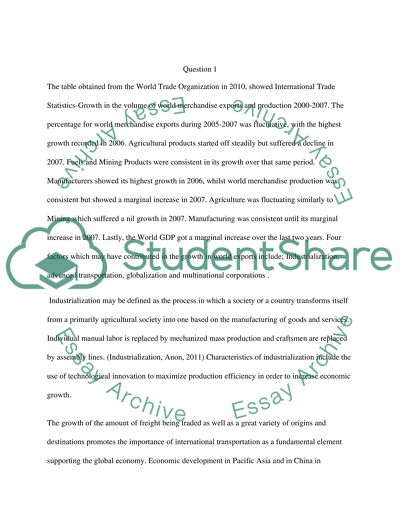Cite this document
(“Inter national trade Essay Example | Topics and Well Written Essays - 2500 words”, n.d.)
Retrieved from https://studentshare.org/environmental-studies/1410795-inter-national-trade
Retrieved from https://studentshare.org/environmental-studies/1410795-inter-national-trade
(Inter National Trade Essay Example | Topics and Well Written Essays - 2500 Words)
https://studentshare.org/environmental-studies/1410795-inter-national-trade.
https://studentshare.org/environmental-studies/1410795-inter-national-trade.
“Inter National Trade Essay Example | Topics and Well Written Essays - 2500 Words”, n.d. https://studentshare.org/environmental-studies/1410795-inter-national-trade.


